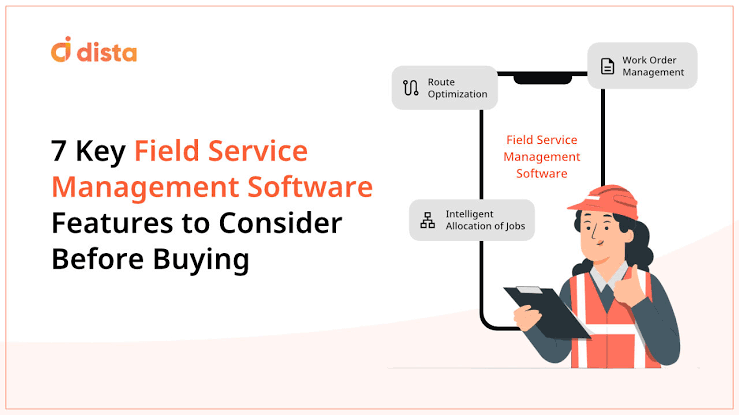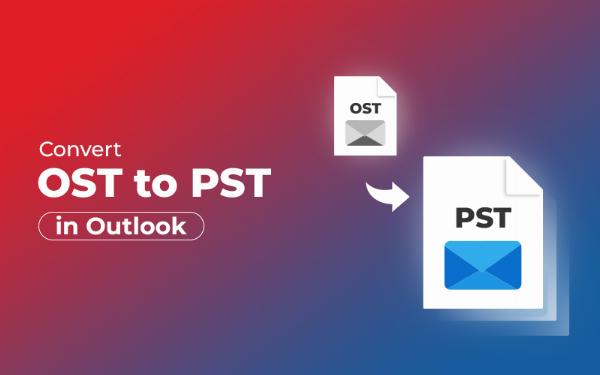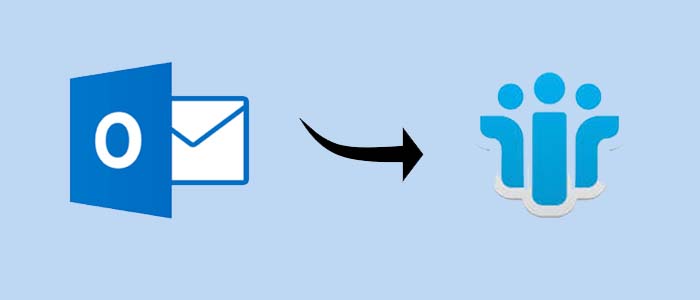How to Integrate External Systems with Dynamics 365 Finance and Operations

Strong 8k brings an ultra-HD IPTV experience to your living room and your pocket.
Integrating external systems with Microsoft Dynamics 365 Finance and Operations (D365 F&O) is essential for businesses looking to streamline workflows, synchronize data, and maintain consistency across various platforms such as CRMs, legacy ERP systems, and cloud-based applications.
Microsoft provides a range of tools and frameworks that make such integrations efficient and secure. Here’s a detailed overview of the most commonly used methods:
1. Data Management Framework (DMF)
The Data Management Framework allows for bulk data import/export using files like Excel, CSV, and XML. It’s especially useful during system migrations or for recurring data synchronization jobs. For example, if you're importing inventory data from a legacy warehouse system, DMF can simplify the process.
2. OData and REST APIs
Dynamics 365 exposes many data entities via OData and RESTful APIs, which enable real-time data access and manipulation from external systems. These APIs are commonly used in integrations with CRM platforms like Salesforce or marketing systems like Mailchimp.
Example: A sales app can fetch invoice data directly from D365 F&O using the OData endpoint.
3. Custom Services (X++)
Developers can build custom services using X++, the native programming language for D365. These services expose specific business logic to external apps and are particularly useful when standard APIs don’t provide required functionality.
Example: A custom X++ service could allow an external logistics system to trigger a shipping process within D365 F&O.
4. Business Events
Business Events are a powerful tool for real-time integrations. When certain actions occur in D365 (like invoice approval), a business event can notify external systems via Azure Service Bus, Microsoft Power Automate, or HTTP endpoints.
Use Case: Automatically send a payment confirmation to a banking API when an invoice is marked as paid.
5. Batch Jobs & Recurring Integrations
Batch jobs allow for scheduled data imports and exports. These are effective when real-time sync isn't necessary, such as updating a third-party analytics system once per day.
6. Electronic Reporting (ER)
The Electronic Reporting framework helps export data in custom formats like XML, JSON, or TXT, which are often required for regulatory reporting or integration with government systems.
Best Practices for Integration
Always use Azure Active Directory for secure authentication.
Monitor performance impacts on D365 F&O when designing high-volume integrations.
Use Data Entities whenever possible instead of direct table access.
Test in sandbox environments before deploying live.
Relevance of MB-500 Certification
All these integration techniques are thoroughly covered in the Microsoft MB-500: Microsoft Dynamics 365: Finance and Operations Apps Developer certification exam. By preparing for this exam, professionals gain deep technical knowledge required to design and implement integrations that are scalable, secure, and efficient.
PremiumDumps – Your Partner in Success
If you're aiming to master these integration methods or pass the MB-500 certification with confidence, PremiumDumps offers expertly crafted Microsoft mb-500 microsoft dynamics 365 finance and operations apps developer Dumps Questions that simulate real exam scenarios and problem-solving exercises.
These practice questions are designed to prepare you for real-world challenges like system integration, API management, data handling, and more.
By choosing PremiumDumps, you're not just preparing for an exam—you’re building the expertise needed to solve real business problems with Microsoft Dynamics 365 Finance and Operations. Whether you're a developer, consultant, or technical architect, this is the right platform to sharpen your skills and advance your career.
Note: IndiBlogHub features both user-submitted and editorial content. We do not verify third-party contributions. Read our Disclaimer and Privacy Policyfor details.







